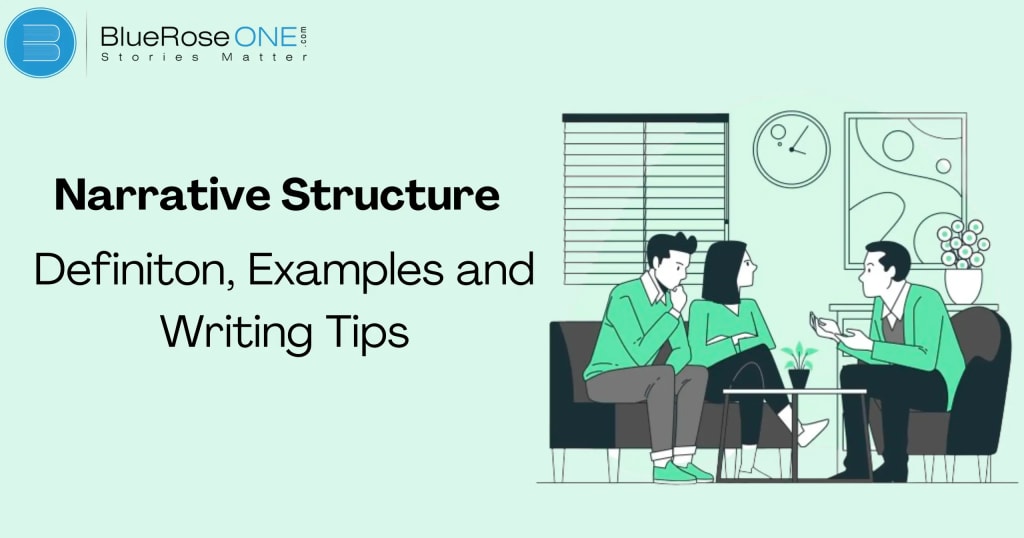Narrative Structure: Definition, Examples, Writing Tips
Narrative Structure

Have you ever been so engrossed in a book or movie that you couldn’t put it down or put it on hold? Its magic is frequently brought about by a skillfully written storyline. However, what is narrative structure precisely, and why is it so crucial?
What is Narrative Structure?
The framework that describes how a tale is arranged and delivered to the audience is known as the narrative structure. It covers the chronology, the plot’s development, and the narrative’s tempo.
Circular, non-linear, and linear story formats are common. Knowing narrative structure enables authors to create logical, captivating stories that hold readers’ attention from start to finish.
You may improve your storytelling abilities and produce narratives with greater impact by becoming an expert in narrative structure.
Importance of Narrative Structure
The use of narrative structure in storytelling is essential because it arranges the action in a way that draws readers in and maintains their interest.
A well-designed narrative framework guarantees that the story flows naturally and logically by having a distinct beginning, middle, and end. It contributes to the development of characters, the tension, and the gratifying ending.
It is imperative for authors to comprehend narrative structure in order to craft engrossing and cohesive stories that effectively connect with their readership.
Types of Narrative Structures
A narrative form known as a linear narrative presents events in a chronological order, starting at the beginning and ending at the finish. This direct method makes it easier for readers to follow the development of the plot.
A linear narrative, which is common in conventional storytelling, leads the listener down a distinct, sequential path that facilitates understanding of the storyline and character development. There are a lot of books, films, and historical narratives that follow this format.
Non-linear Narrative
A non-linear narrative structure presents events out of chronological order. This technique can involve flashbacks, flash-forwards, or a story told from multiple perspectives.
It adds depth and complexity, allowing readers to piece together the plot in a unique way. This narrative structure keeps the audience engaged and can reveal character development and plot twists in unexpected ways, making the story more intriguing and dynamic.
Circular Narrative
A circular narrative is a unique type of narrative structure where the story ends where it began. This technique creates a sense of completeness and can highlight themes of fate or inevitability....Continue reading
About the Creator
Enjoyed the story? Support the Creator.
Subscribe for free to receive all their stories in your feed. You could also pledge your support or give them a one-off tip, letting them know you appreciate their work.





Comments
There are no comments for this story
Be the first to respond and start the conversation.